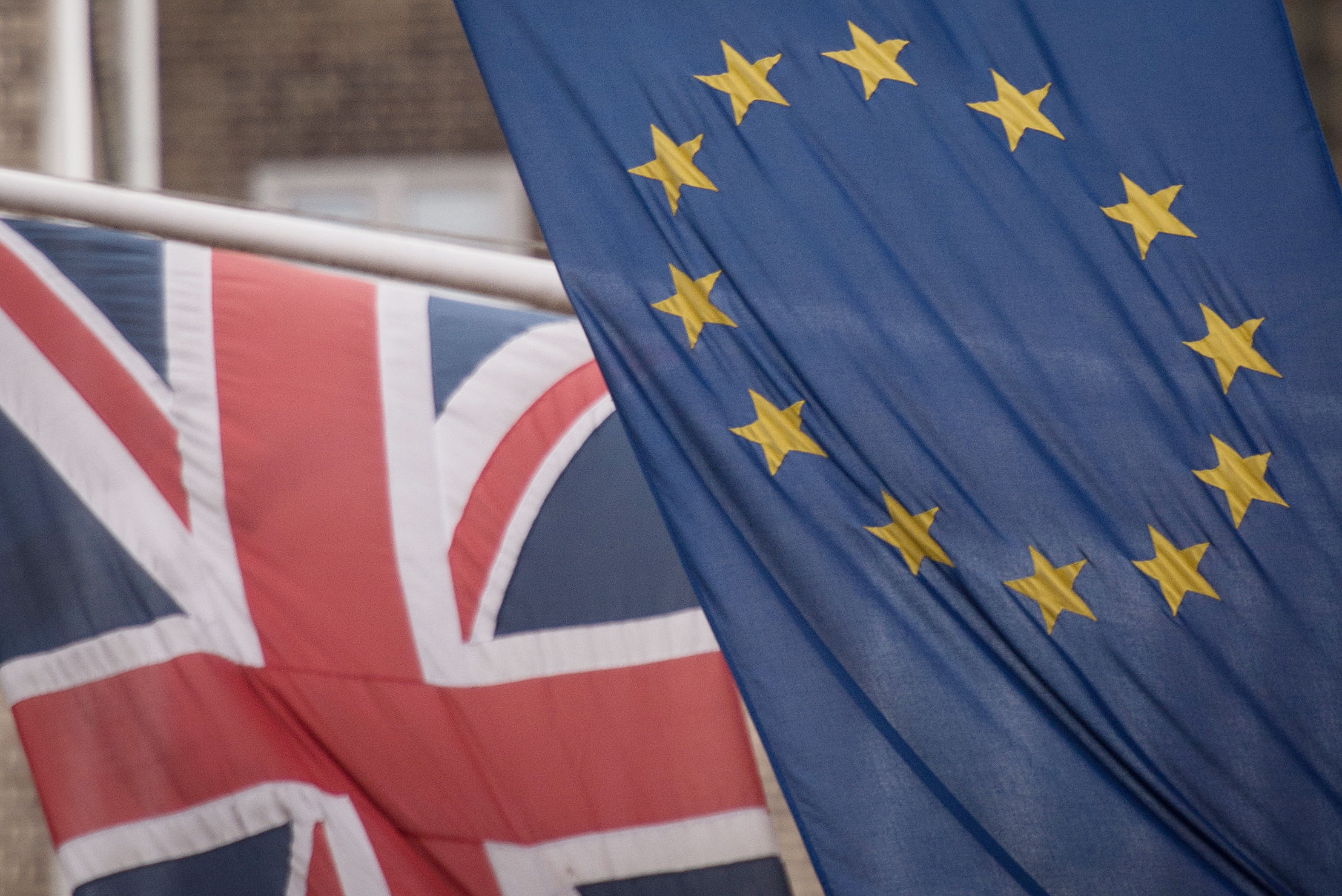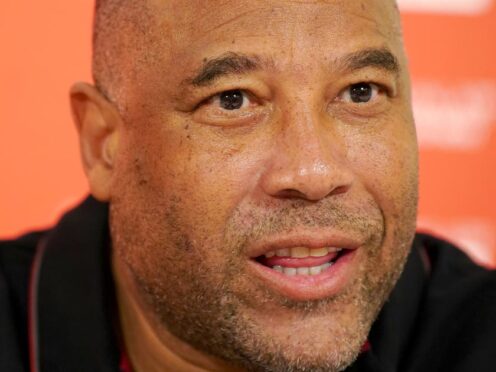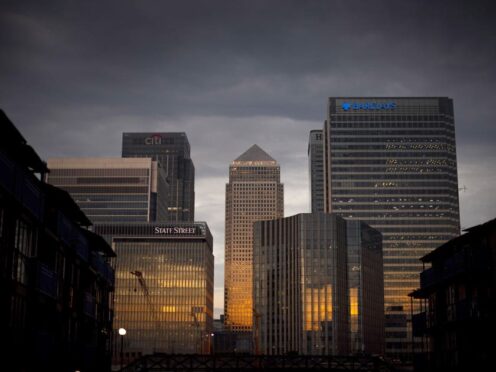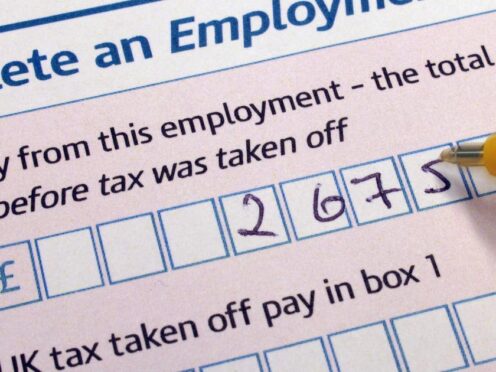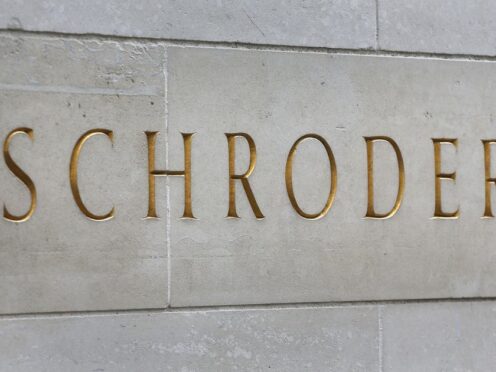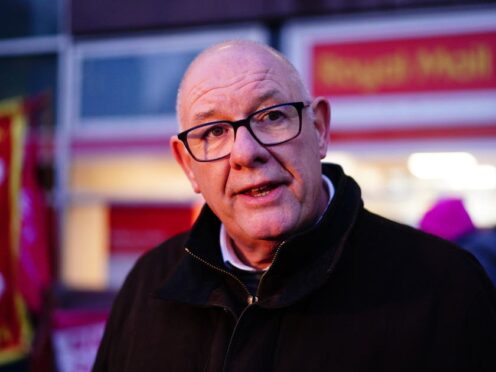Scotland’s economy is flirting with recession, according to a major new report published today.
The Fraser of Allander Institute (FoA) of Strathclyde University say growth in the Scottish economy has weakened since March.
After Gross Domestic Product data revisions, the institute said it is now clear that the Scottish economy came perilously close to a recession in 2015.
Despite the slight upturn in the fourth quarter, it may fail to avoid a recession in the coming months.
The forecast for Scottish GDP growth is now 1.4% in 2016, 1.9% in 2017 and 2.0% in 2018. These are significant downward revisions to 2016 and 2017 from FoA’s March 2016 forecasts.
The institute warned that Brexit poses a real threat to Scotland’s future growth with the potential for a loss of trade, inward investment and finance worsening already weak productivity growth.
New Economy Secretary Keith Brown’s early initiative in instituting a review of Scotland’s enterprise and skills agencies is welcomed, but the institute cautions that it is not new strategies the Scottish economy needs but clear insights and policy action on the implementation of Scotland’s Economic Strategy.
The new FoA report said Scotland is now relying solely on the service sector for growth as the contribution of construction, driven by infrastructure spending, has now peaked, albeit at a high level of activity.
Slight negative growth in production meant that the recession in the sector continued with negative growth in three successive quarters.
Within production, manufacturing technically emerged from recession in the fourth quarter but manufacturing growth was weak.
The service sector registered growth of 0.3% in the final quarter of last year, but UK services grew three times faster and performance in all principal private subsectors in Scotland was appreciably weaker than their UK counterparts.
Financial services were especially weak and the weakness of business services growth has been exacerbated by the effects of the fall in the price of oil.
The FoA report said conditions in the Scottish labour market have deteriorated significantly as the job shedding associated with the oil price fall and deteriorating export performance began to bite.
In the quarter to March 2016 the numbers in work fell by 53,000 (-2.0%), and the last time there was a fall in jobs of this scale was back in early 2010.
Unemployment rose by 8,000 (+4.8%) to 169,000 with the rate rising to 6.2%, compared to 5.1% in the UK, a gap that is now the largest since mid-2004.
By the end of the first three months of this year the gap between Scotland’s and the UK’s employment performance widened with Scottish jobs 0.9% above their pre-recession peak, compared to UK jobs which were 6.3% above peak.
Brian Ashcroft, Emeritus Professor of Economics at Strathclyde University said:
“The Scottish economy came within a hair’s breadth of recession last year and with little improvement recently may fail to avoid a recession in the coming months.”
He said there was a high probability that output and growth in the Scottish economy will be damaged if the United Kingdom votes to leave the EU.
Trading arrangements would probably be less favourable than in the EU, with Scottish exporters having to overcome a potentially weaker competitive position due to lower labour and total factor productivity.
Uncertainty attaching to a Brexit and the terms of any subsequent arrangements might worsen Scottish productivity growth through the negative effects on trade competition, inward investment and financial integration.
Professor Ashcroft added: “At a time when there is increasing policy concern about Scotland’s productivity and growth performance, a vote to leave the EU would place an unnecessary burden on Scottish companies and economic policy.”
He welcomed the new Economy Secretary’s focus on improving Scotland’s productivity and reviewing the role of Scotland’s enterprise and skills agencies.
He added: “It is not new strategies the Scottish economy needs but clear insights and policy action on the implementation of Scotland’s Economic Strategy.”
Paul Brewer, Government and Public Sector partner, PwC in Scotland, said:
“The data suggest that for some sectors Scotland is flirting with recession and, in areas of growth, is struggling to grow at a pace comparable to the rest of the UK.
“This has been a difficult trading environment for businesses to operate in and for investors to plan between the oil price, the upcoming European referendum uncertainties and the general tightening of belts in many sectors.
“Some will choose to concentrate on the oil and gas sector but as our report, A Sea Change,showed this week, many actually feel bullish about the future of the sector and have put forward potential solutions to improve results over the coming years.
“The oil sector has had an impact but it is not the only area that needs looking at by the new Scottish Government who now, working together with businesses, need to turn principles into real actions in delivering their strategic blueprint for improving Scotland’s economy.”
He was concerned, however, about demand for Scottish goods continuing to be on the decline.
“With so much of our revenue derived from foreign markets, there will be multiple sectors looking to see what can be carried out to reverse this decline,” he stated.
